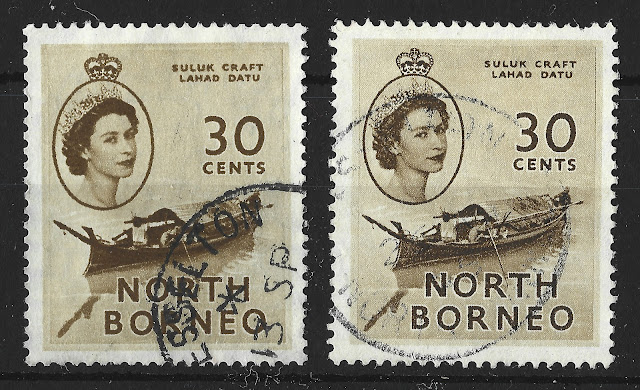Malaya BMA $5 - Gash at eyebrow plate flaw

While arranging my Malaya BMA album, it occurred to me to look for the dot on neckline plate flaw since I have a few. To my surprise, I did not find any of the flaw that I am looking for but discovered that I did have one with the gash at eyebrow plate flaw on this block of $5 stamp. Try looking for the gash at eyebrow Initially, I bought this block for the clear security marking strike, Netherlands Trading Society/ Penang. Turns out I found something even better! This is the enlarged scan showing the gash at eyebrow This plate flaw is located at position R5/1. With this find, I better go back to flipping the album once more!





